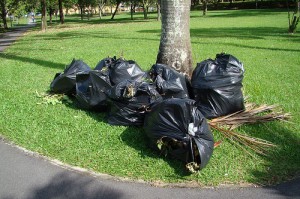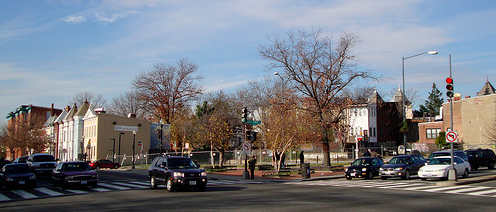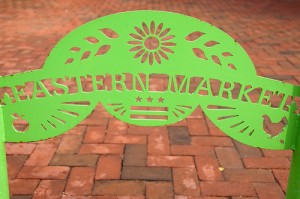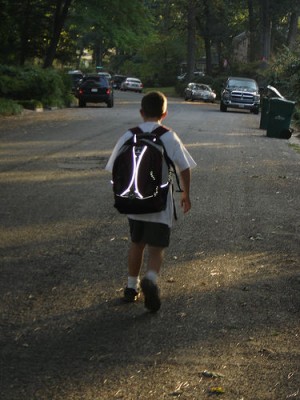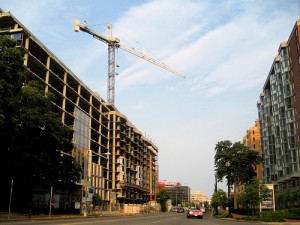Over at the City Paper, Lydia DePillis tallies another hash mark for the pro-Walmart contingent:
Count another one who thinks Walmart won’t be all bad: Office of Planning Director Harriet Tregoning. At a D.C. Building Industry Association event at the National Press Club last night, she pointed out that the city still has food deserts, and that the super-retailer was going into several of them with smaller-format stores that will sell a lot of food. “I’m getting a lot of pushback, a lot of brouhaha, about these stores,” she said. “But you know, they’re bringing groceries.”
At the same time, Tregoning emphasized the need for national tenants to bend to the needs of the surrounding area. “We expect you to build something that fits,” she said. “We can’t expect a suburban store to work in our neighborhoods.” She also extolled the virtues of local retail, and wants to work with the smaller independent stores to “up their game” so they can compete with the incoming giants.





